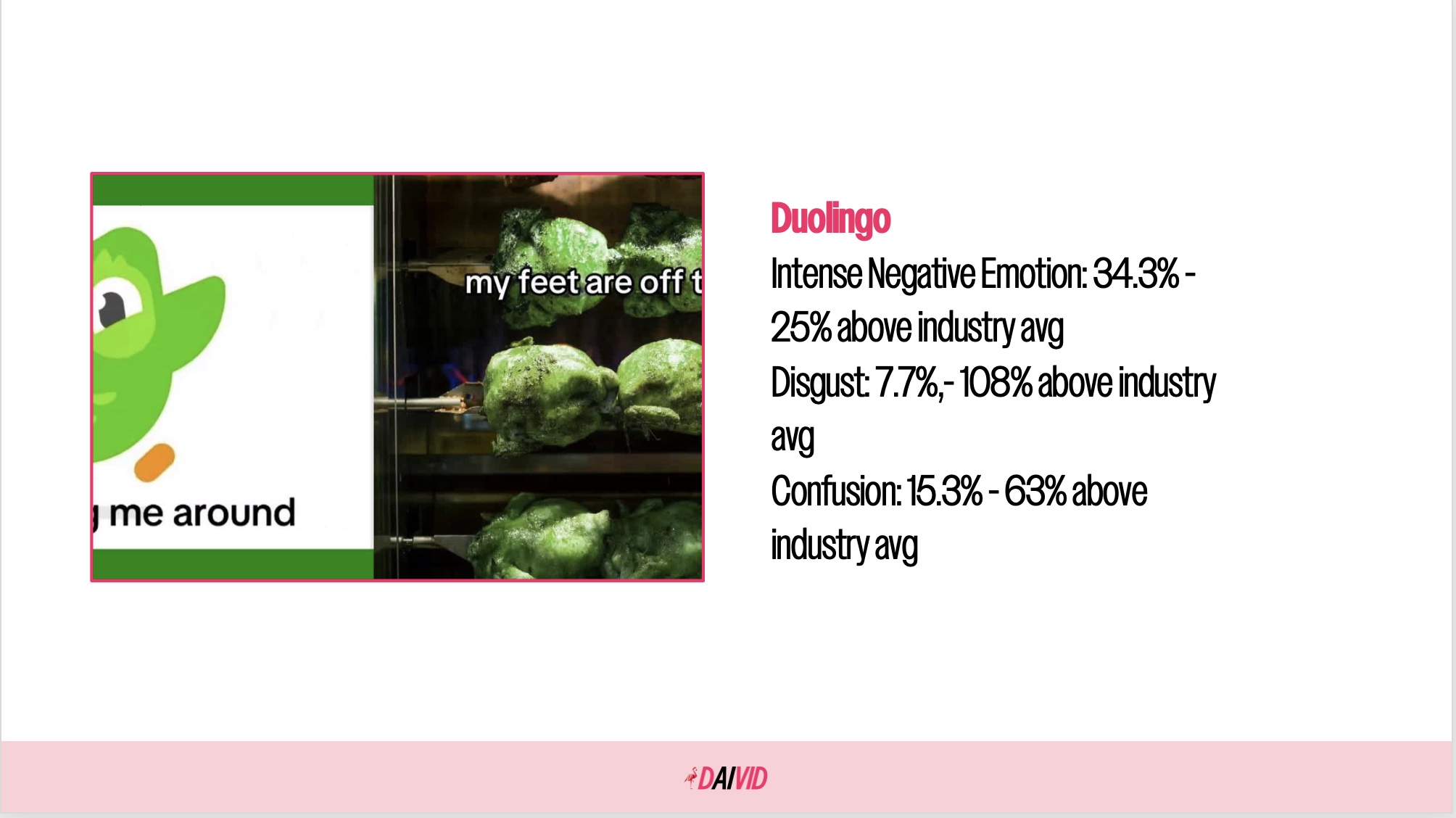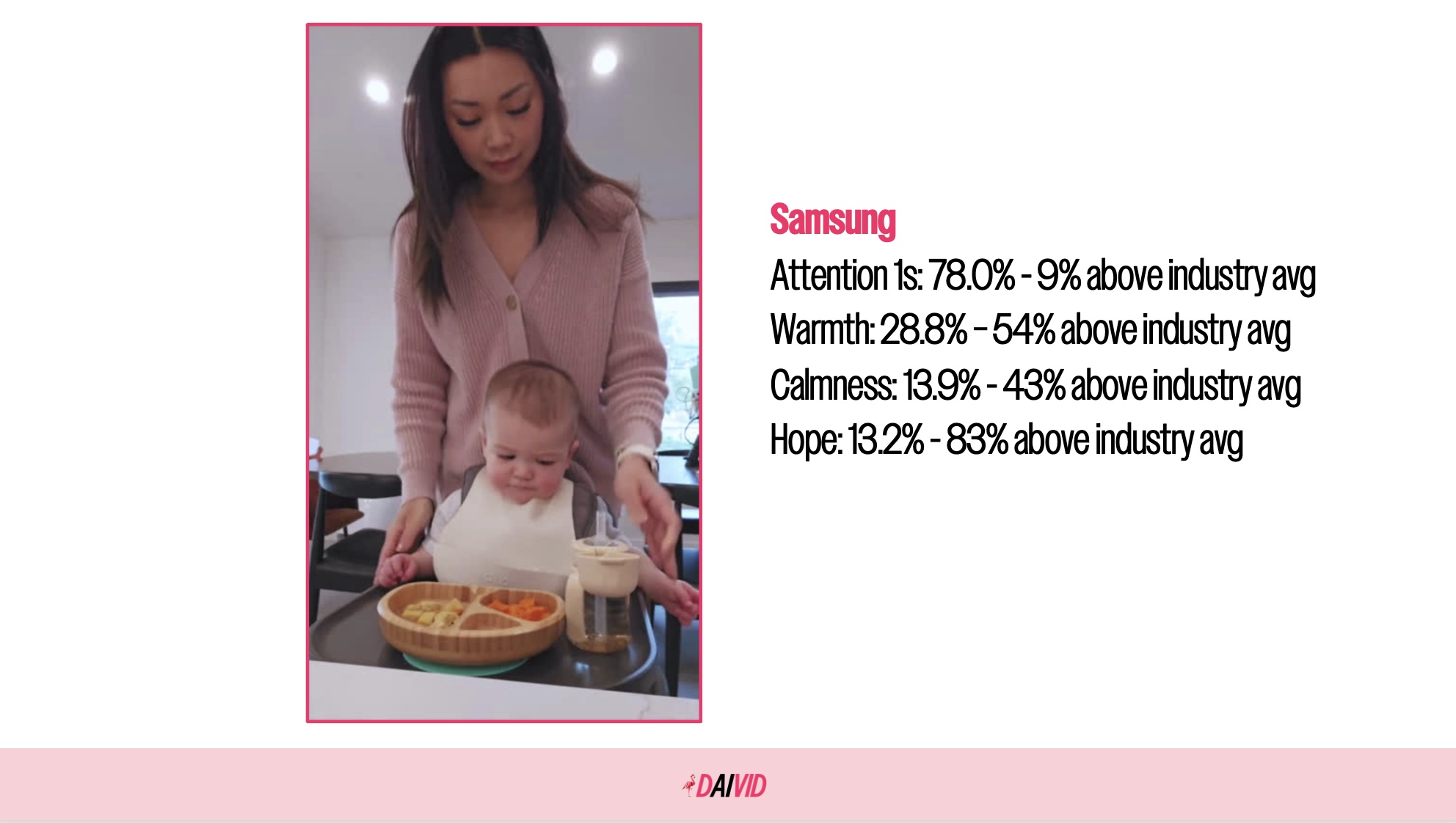8 out of 10 brands’ TikTok videos aren’t working — here’s how to fix it

Opinion
Daivid research found that much of advertising content on TikTok is forgettable or even evokes negative emotions. Here are three reasons why and what to do about it.
Back in 2021, TikTok offered this advice to brands hoping to make the most out of the popular social platform: “Don’t make ads, make TikToks.”
It was a bold invitation that reflected the need for advertisers to not just upload their current campaigns on to the platform but to create content that fits in with the channel’s unique landscape and meets the specific requirements of its content-hungry users.
Fast forward to 2024 and it looks like not everyone has got the memo. There’s no doubt that TikTok offers a huge opportunity to brands looking to reach highly engaged audiences. However, new research from Daivid shows that the vast majority of content produced by brands on TikTok generates below-average levels of positive emotions, attention and brand recall.
Using our self-serve AI platform — a solution, currently in beta, that predicts the emotions, attention levels and expected impact on various brand and business metrics — we analysed 50 TikTok videos from five major brands, chosen at random from a variety of sectors. Brands chosen were: Duolingo, Gucci, Mercedes-Benz, Persil and Samsung.
What’s going wrong?
Altogether, just 16% of the TikTok videos analysed scored higher than the average Creative Effectiveness Score (CES) of 5.8 out of 10 — a composite metric created by Daivid that combines the three main drivers of effectiveness: attention, emotions and memory.
Meanwhile, six out of 10 videos were simply forgettable, with below-average positive emotional responses and below-average brand recall. The videos also scored higher than the global average for confusion and boredom.
No surprise, then, that the content was 9% less likely to generate intense positive emotions than the global average and attracted 2.5% less attention.
Yet, even more concerning for brands are the 24% of videos that evoked intense, extreme, negative emotions such as disgust, anxiety and shame. If these emotions are attached to the brand, they’re likely to do the brand damage, negatively impacting future sales potential.
But where are brands going wrong on TikTok? What are they failing to do? Here are my three suggestions.

1. Evoke positive emotions quickly
The advice to brands in 2021 was to treat the TikTok platform differently to other ad channels. But it’s a message that’s not getting through.
TikTok is a fast-evolving medium. Brands are increasingly coerced into getting involved, but the creative required to be effective on the platform requires new thinking.
Our creative effectiveness benchmark for TikTok is generally lower than on YouTube, for example, and we believe this to be down to the reduced dwell time per ad and increased propensity to scroll — something that the platform encourages.
As a result, brands need to prioritise immediate creative attention and be smart with their edits or influencer briefings to evoke positive emotions quickly.
2. Feel differently
One of the biggest reasons that brands’ TikTok videos are missing the mark is their failure to be intentional about the emotions they are evoking.
This leads to a majority of content being simply forgettable or, worse, memorable for very much the wrong reasons.
TikTok is not a low-attention-span environment — quite the opposite. When used well, it can capture attention extremely effectively, with viewers sucked into a TikTok attention vortex for hours.
It is against this backdrop of very immersive content that brands launch their creative, so the need to stand out and cut through the noise has never been more important.

3. Measure twice, CapCut once
Finally, we’ve seen a lot of recent industry recommendations to “fail fast, fail often” with branded TikTok creative.
Rather than thrashing about and blindly trying angles, we’d recommend a more considered research-led approach to decipher who’s doing what in your sector, allowing you to find a distinctive and considered brand voice of your own.
“Fail fast, fail often” is a one-way ticket to vanity metrics, homogeneity and ineffectiveness.
A wake-up call
Our research should serve as a wake-up call for brands looking to engage consumers on TikTok.
It underlines the importance of analysing the effectiveness of your social creative beyond just the basic reach, impressions and engagement rate data provided by social platforms to understand the real impact that it’s having.
 Ian Forrester is CEO of Daivid
Ian Forrester is CEO of Daivid




